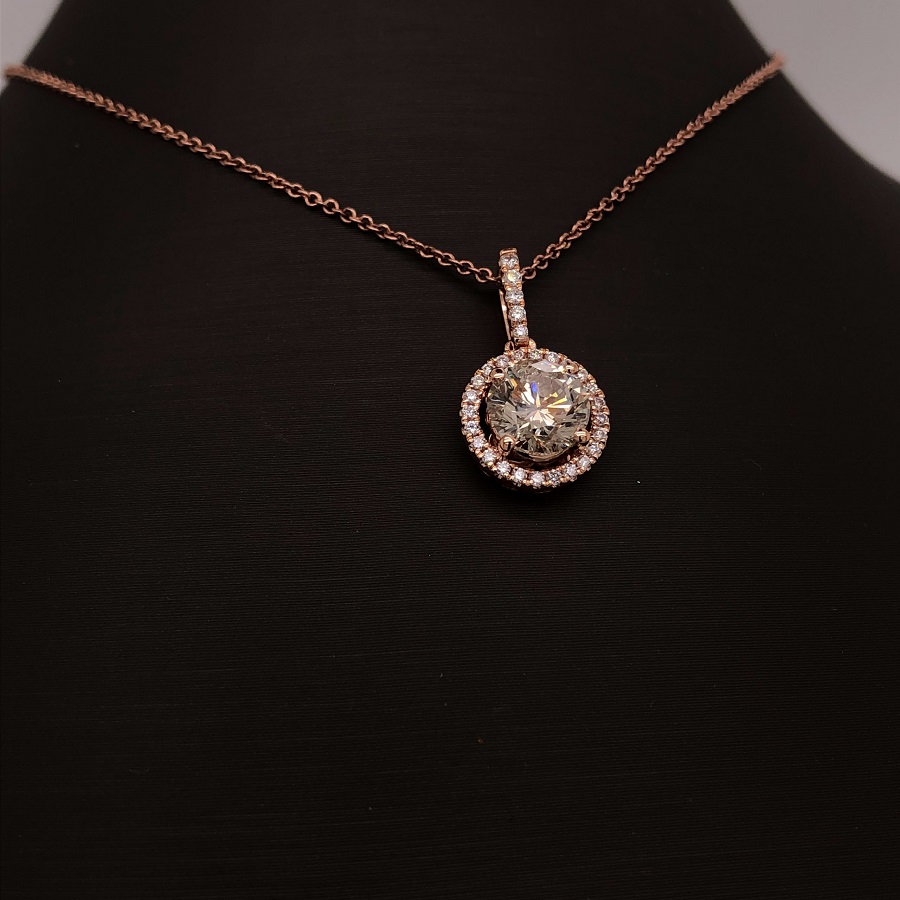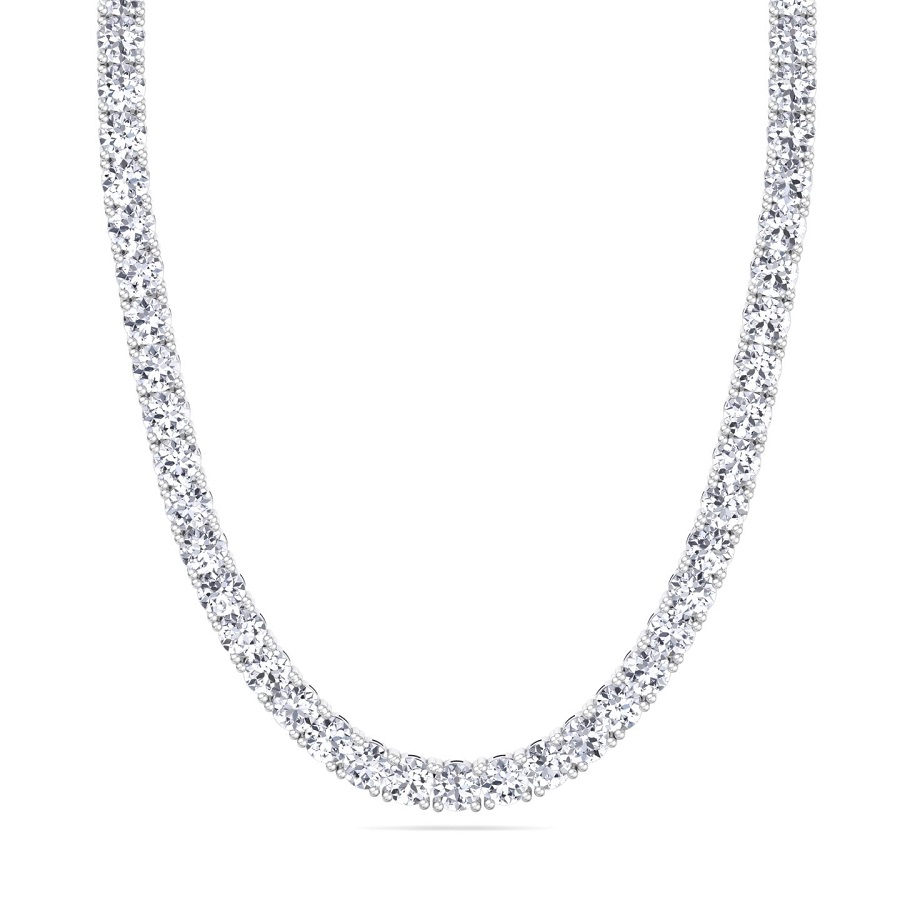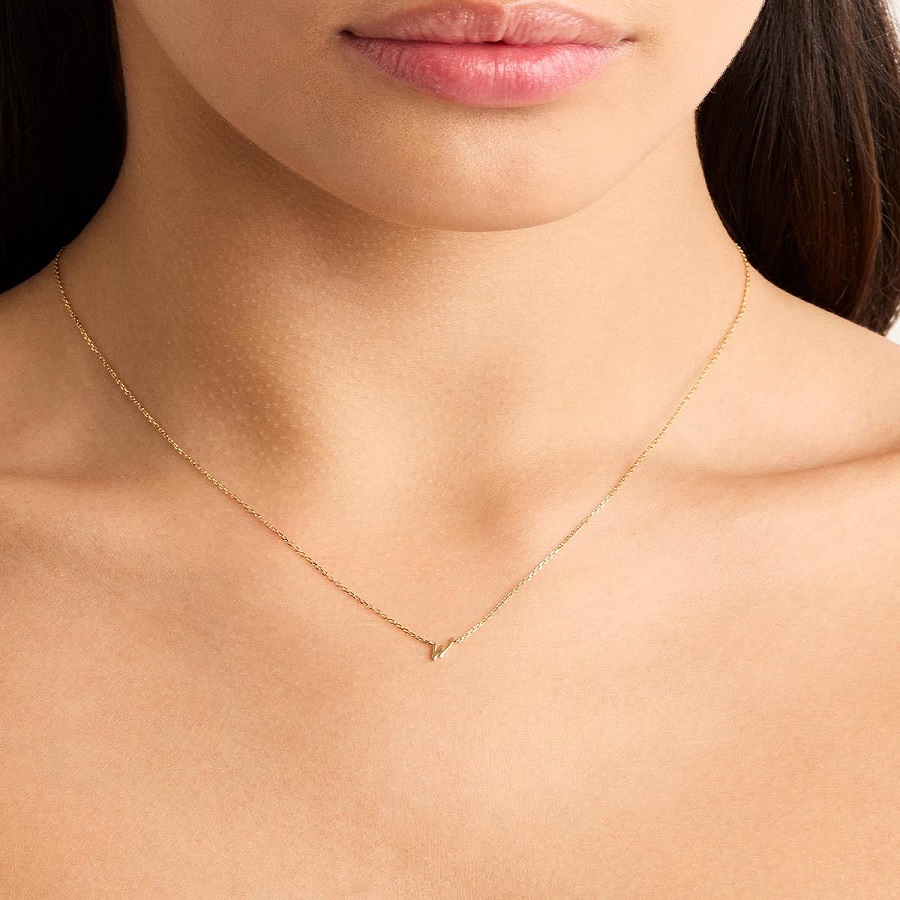 Introduction:
Introduction:
String bracelets are versatile and fashionable accessories that have captivated people for centuries. With their simple yet intricate designs, these bracelets have become popular choices for self-expression and as meaningful gifts. In this comprehensive article, we will explore the various types of string bracelets. From traditional friendship bracelets to macramé and charm bracelets, you will discover the wide range of styles, techniques, and symbolism associated with string bracelets.
 Here are some common materials used in making bracelets:
Here are some common materials used in making bracelets:
Handcrafted bracelets can be made from a wide range of materials, each offering its own unique characteristics and aesthetic appeal. Here are some common materials used in making bracelets:
Metal:
Bracelets are a popular choice and can be crafted using various metals such as gold, silver, stainless steel, or brass. Metal bracelets can come in different finishes, including polished, brushed, or hammered, and can be adorned with gemstones, engravings, or other embellishments.
Gemstones:
Bracelets can feature natural or synthetic gemstones in various shapes, sizes, and colors. Gemstone bracelets can be made with beads or faceted gemstones and are often strung together with a string or wire. Popular gemstones used in bracelets include diamonds, rubies, emeralds, sapphires, pearls, amethysts, and many more.
Beads:
Bracelets made with beads are a versatile and customizable option. Beads can be made from various materials such as glass, ceramic, wood, plastic, or natural materials like bone, shell, or coral. Bead bracelets can be strung on elastic cords, wire, or thread, offering a wide range of colors, patterns, and textures.
Leather:
Leather bracelets offer a rustic and bohemian look. They can be made with braided, woven, or flat leather straps and often feature metal clasps or closures. Leather bracelets can be adorned with charms, beads, or gemstones to add personalization and style.
Fabric or Textile:
Bracelets made with fabric or textile materials provide a soft and comfortable feel. They can be woven, knitted, or braided using various textiles such as cotton, silk, wool, hemp, or nylon. Fabric bracelets often feature intricate patterns, colors, or embroidery.
Natural Materials:
Bracelets can also be crafted using natural materials like wood, bamboo, seeds, shells, or stones. These materials can provide an earthy, rustic, or tribal-inspired aesthetic, adding a unique and organic touch to the bracelet design.
Resin or Acrylic:
Resin or acrylic bracelets are a popular choice for statement pieces or fashion-forward designs. These materials can be manipulated to create various shapes, colors, or patterns, offering a wide range of creative possibilities.
These are just a few examples of the materials used in making handcrafted bracelets. The choice of material often depends on personal preference, style, and the desired aesthetic of the bracelet design.
 Traditional Friendship Bracelets
Traditional Friendship Bracelets
Embroidered Friendship Bracelets:
Embroidered friendship bracelets feature colorful threads woven together using traditional embroidery techniques.
These bracelets are often exchanged between friends as symbols of their bond and shared memories.
Braided Friendship Bracelets:
Braided friendship bracelets consist of multiple strands of thread tightly braided together.
Each color used in the braiding process may hold significance, representing different qualities or emotions.
Macramé Bracelets
Basic Macramé Knot Bracelets:
Basic macramé knot bracelets are created using various knotting techniques, such as the square knot or half-hitch knot.
These bracelets feature an intricate woven pattern and can be customized with different colors and beads.
Beaded Macramé Bracelets:
Beaded macramé bracelets combine the art of macramé with small beads.
The beads are incorporated into the design, adding visual interest and personalization options.
Charm Bracelets
Traditional Charm Bracelets:
Traditional charm bracelets feature a chain link bracelet adorned with various charms.
The charms can be symbolic or represent personal experiences, such as travel, hobbies, or significant milestones.
String Charm Bracelets:
String charm bracelets use strings or cords as the base, with multiple charms attached to the thread.
These bracelets offer a more casual and bohemian feel, allowing for customization and personalization.
Adjustable String Bracelets
Sliding Knot Bracelets:
Sliding knot bracelets feature an adjustable closure, allowing the bracelet to be easily resized to fit different wrist sizes.
The sliding knots also add visual interest to the design.
Lariat Bracelets:
Lariat bracelets consist of a long string or cord that can be wrapped multiple times around the wrist and adjusted to secure the bracelet.
They offer versatility in styling, allowing for different variations and looks.
Symbolic String Bracelets
Evil Eye Bracelets:
Evil eye bracelets feature a protective symbol believed to ward off negative energy and bring good luck.
These bracelets are typically made with colorful threads and often incorporate a small evil eye bead.
Wish Bracelets:
Wish bracelets are made with a string or cord and a small charm or trinket.
The idea behind these bracelets is that the wearer makes a wish while tying the bracelet on and wears it until it naturally falls off, at which point the wish is believed to come true.
 Here are some tips for everyday maintenance of your bracelet:
Here are some tips for everyday maintenance of your bracelet:
Proper maintenance and care are essential to keep your bracelet looking its best and prolong its lifespan. Here are some tips for everyday maintenance of your bracelet:
Avoid Harsh Chemicals:
Avoid exposing your bracelet to harsh chemicals such as perfume, hairspray, or cleaning products. These chemicals can damage the materials and cause discoloration or tarnishing. It’s best to remove your bracelet before applying any such substances.
Cleaning:
Regularly clean your bracelet to remove dirt, sweat, or oils that can accumulate over time. Use a soft cloth or a mild soap with lukewarm water to gently wipe the bracelet. Avoid scrubbing or rubbing too vigorously, especially for delicate materials.
Storage:
When you’re not wearing your bracelet, store it properly to prevent damage or tangling. Ideally, keep it in a lined jewelry box or a soft pouch that protects it from scratches and dust. Separating individual bracelets with small jewelry bags or compartments can also help prevent tangling.
Avoid Wet Conditions:
Some materials, like leather or certain gemstones, can be sensitive to water. Avoid wearing your bracelet while swimming, bathing, or doing household chores involving water. Moisture can weaken certain materials or lead to discoloration. If your bracelet does get wet, dry it thoroughly before storing.
Bracelet-Specific Care:
Different bracelets may have specific care requirements based on their materials. For example, metal bracelets may require occasional polishing to maintain their shine, while beaded bracelets may benefit from periodic restringing to ensure the integrity of the string or wire. Follow any care instructions provided by the manufacturer or jeweler for your specific bracelet.
Regular Inspection:
Take the time to inspect your bracelet periodically for any signs of damage, loose stones, or weakened clasps. Address any issues promptly to prevent further damage or loss of the bracelet.
Avoid Excessive Wear:
While bracelets are designed for everyday wear, excessive wear and stress can lead to damage. Remove your bracelet when engaging in activities that could potentially damage it, such as heavy lifting, sports, or rigorous physical activities.
Remember, proper care and maintenance can help your bracelet remain in good condition and preserve its beauty for years to come. When in doubt, consult with a professional jeweler or the manufacturer for specific care instructions based on the materials of your bracelet.
 Conclusion:
Conclusion:
String bracelets offer a world of creativity and meaningful expressions. Whether it’s the traditional friendship bracelets that symbolize lasting bonds, macramé bracelets that showcase intricate knotting techniques, or charm bracelets that tell personal stories, there is a string bracelet for everyone. With their versatility in design and customization options, string bracelets allow individuals to showcase their individuality, commemorate special moments, and exchange sentiments with loved ones. By exploring the various types of string bracelets highlighted in this article, you can find the perfect accessory that complements your style and carries a deeper significance in your life.



